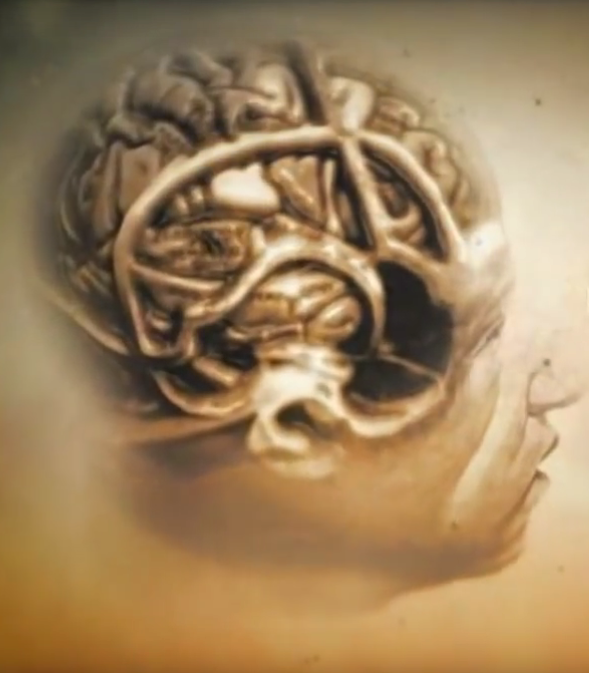Clinicians seeking greater understanding of the neural activity behind pain can turn to the results of a University of Western Ontario study, which identified variations in neural activity associated with pain processing between control and neuropathic pain groups. These differences in signal activity—particularly in regions critical to endogenous analgesia—may represent a key step in elucidating the pathophysiology that underlies chronic neuropathic pain syndromes.
“Neuropathic pain affects approximately 5% of North Americans, and is considered to be caused by a lesion to the peripheral or central nervous system, trauma or disease,” said Jordan Leitch, MD, a resident at the London, Ontario, institution. “It’s characterized by either spontaneous episodic pain or pathological amplification of pain following a stimulus. In general, neuropathic pain is considered to be an expression of a maladaptive plasticity in the pain system that results in this constant state.”
During testing, functional MRI data were acquired while noxious stimuli were applied at the various pressures the patients had indicated the previous day. The researchers chose standardized pain ratings in lieu of standardized mechanical stimuli because pain response is subjective and varies widely between individuals.
As Dr. Leitch reported at the 2015 annual meeting of the Canadian Anesthesiologists’ Society (abstract 86017), both the volunteers and pain patients exhibited overall positive signal change at a pain rating of 2 and negative signal change at a pain rating of 6 in the midbrain and rostral medulla of the brainstem. However, consistent differences were observed between groups in the ipsilateral dorsal horn of the spinal cord, rostral ventromedial medulla and periaqueductal gray matter—three regions known to play an important role in nociceptive pain processing as well as the endogenous descending modulation of pain.
“In those regions, which we know are associated with ascending nociceptic transmission and the endogenous descending modulation of pain, we’re seeing positive signal change in the control group, but not much of anything in the carpal tunnel group,” she said.
“Another area we found interesting was around the dorsal horn of the cervical spinal cord, which is where the median nerve originates,” Dr. Leitch said. “And in the control group , we saw some variability from baseline, but not much deviation. But when we looked at the carpal tunnel patients, the times that correspond to pain levels 2, 4 and 6 show persistent positive signal changes that don’t follow what we would expect from controls.”
This study, the investigators concluded, is one of the first to identify variations in neural activity associated with pain processing. “I think seeing is believing in terms of pain,” she added. “This could be an important first step in the quantitative assessment of pain, in terms of both the diagnosis and treatment effect. In general, it’s a step towards a method to objectively visualize a sensation that has traditionally been completely limited to our patients’ subjective description.
“Obviously these signal changes are open to interpretation, but they could be the manifestation of the maladaptive plasticity that is postulated to be one of the causes of neuropathic pain,” Dr. Leitch explained. This research may contribute to future studies investigating endogenous analgesia and pain processing in patient groups, which may facilitate the optimization of pain management and improve quality of life for patients suffering from chronic neuropathic pain, he said.
Dr. Leitch was awarded second place at the meeting’s Residents’ Research Competition.
—Michael Vlessides

